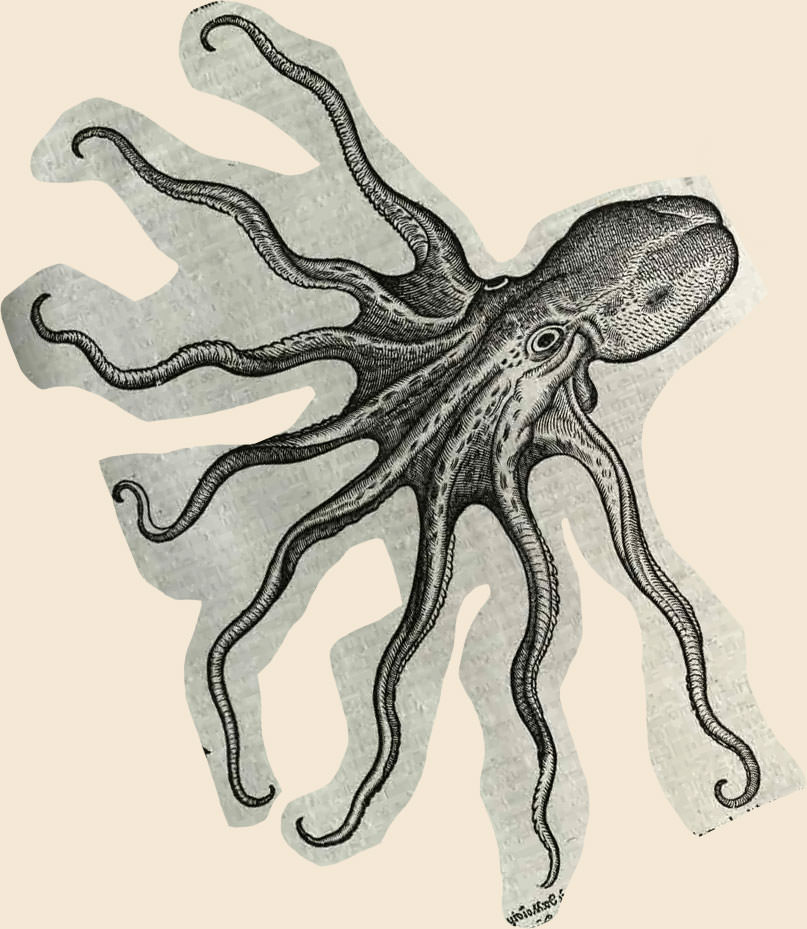Understanding The CSS Box Model
It is important to understand how elements are rendered. How those CSS properties you write magically turn into beautiful shapes. Well, boxes. Every element on your page is a rectangular box. Even if it looks like a circle, it’s a box. This box-model is what browsers use to calculate the total width and height of an element.
How is the size calculated?
The way the box model is calculated is called box-sizing and it has a default value of content-box. This content-box does not include padding and borders in the width and height of an element. This means an element with a set width of 100px will not necessarily have a total, calculated width of a 100px. If the borders total 2px (e.g. 1px on each side), the borders are added to the width which will result in a total width of 102px. Padding adds to the size in the exact same way.
This might not be what you expect but it is the default way everything is calculated on the web anyway. The size is calculated in a specific order. First the box is expanded as much as possible to contain the content. Then width and height to constrain the box, then padding, then borders and lastly margins.
Read that again, please.
Remember, if you don’t specify a width or height, block elements default to the full width of the window and as heigh as the content. Inline elements snaps tightly to the content.

Different box models with box-sizing
The box-sizing property has three different values to choose from: content-box, padding-box and border-box. We’ve now learned that the default content-box adds padding and borders to the width and height. The padding-box value also includes padding to the total size, but not border. The border-box value includes both padding and border to the size.
An example
div {
width: 100px;
padding: 10px;
margin: 10px;
border: 1px;
}
With content-box, the div will have a width of 1px + 10px + 100px + 10px + 1px = 122px. With padding-box, the div will have a width of 10px + 100px + 10px = 120px. With border-box, the div will have a width of 100px.
Setting border-box as the default
Which one makes the most sense for you? Probably the last one, border-box, as the total width is also the width you defined. The padding and borders will be placed inside the box unlike content-box which will place them outside. This is why many people, including me, recommend changing the box-sizing to border-box for all elements like this:
* {
box-sizing: border-box;
}
Browser support
One important thing to note is that browsers, sadly, interpret these rules differently. While it is now much, much better, Internet Explorer 8 treats border-box as content-box which will ruin your layout. If you have to support IE8, I would still recommend changing to border-box but you will have to write extra styles to compensate. Styles like width: 100%; padding: 2em; are especially problematic without border-box calculation.
Summary
- Everything is a box
- Every box has a width and height as well as content, padding, border and margin
- By default, content-box means padding and borders are added to the size
- Border-box is easier to use as the padding and borders are placed inside the width and height.